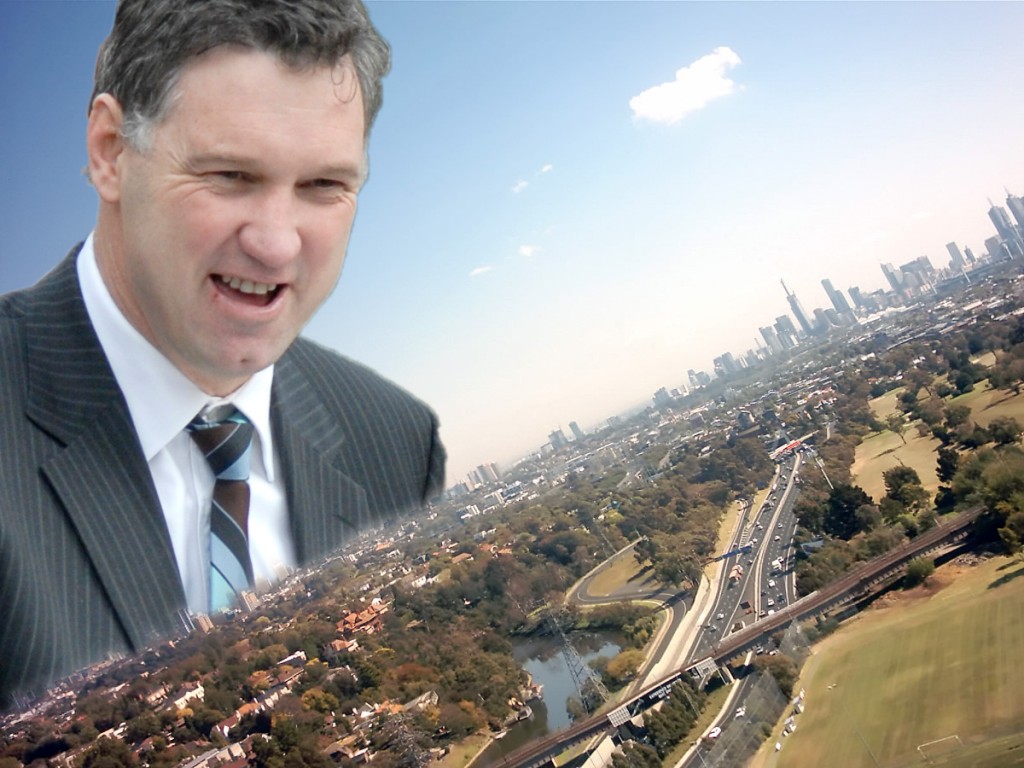 Originally published as an editorial in Planning News 36, No. 8 (September 2010), under a joint by-line with Tim Westcott and Gilda Di Vincenzo.
Originally published as an editorial in Planning News 36, No. 8 (September 2010), under a joint by-line with Tim Westcott and Gilda Di Vincenzo.
The final report of the Bushfire Royal Commission, released at the end of July, is a challenging document for the planning profession. As intense as debate might sometime set within the profession, we normally have the luxury that our work is free of truly life or death consequences. The tragic events of February 2009 changed that, and chapter 6 of the Commission’s report, which discusses planning and building responses, is disquieting reading. It is unsettling to find so few easy answers in a situation where so much is at stake.


